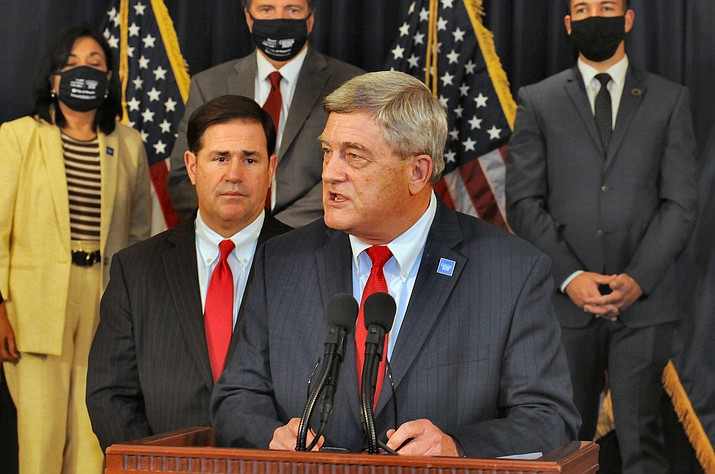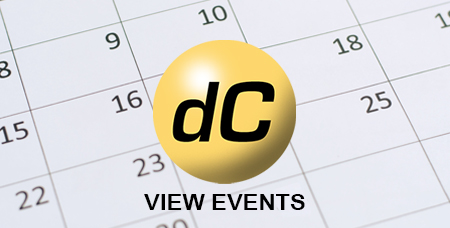Officials urge everyone to take part in Census count; each percentage point down is about $62 million lost

The nation’s top Census Bureau official came to Arizona Thursday, Sept. 17, in a last-minute push to get people to respond to the decennial count.
But time is running out. And Arizona is lagging.
On Thursday, Steven Dillingham said the overall response rate here was 88.9%. That includes 62.9% who responded on their own and another 26.1% through follow-up work done by agency employees.
Dillingham said Thursday he believes Arizona will be at 90% by the end of the week, aided at least in part by more than 400 new census workers specifically brought to the state to track down those who have yet to respond.
US Census response rate (as of Sept. 19, 2020)
Top 10 states
Idaho - 99.8%
West Virginia - 99.8%
Hawaii - 99.2%
Maine - 98.5%
Indiana - 98.3%
Washington - 98.3%
Kansas - 98.2%
Wisconsin - 98.1%
Vermont - 98.0%
Connecticut - 97.9%
Arizona (No. 44) - 90.7%
National average - 94.6%
Source: 2020census.gov
Still, that lags most of the rest of the country. Dillingham said he figures the national rate by that point will be at 95%. “And some, in past days, have reached the 99% mark,’’ he said, including Idaho and West Virginia.
But this isn’t a simple matter of bragging rights.
Gov. Doug Ducey has estimated that each percentage point undercount translates into the loss of about $62 million a year in federal aid. So if Arizona does not get its final count above 90%, that would mean $620 million less each year.
Multiply that by a decade — the official count is done only once every 10 years — and the figure balloons to $6.2 billion. And that doesn’t even address how an undercount here compared with the rest of the nation might affect the number of congressional seats Arizona gets through 2030.
The state is working against the clock.
President Donald Trump, reversing an earlier decision, has ordered the first set of numbers to be produced by Sept. 30.
That could change. A federal judge already has ordered the Census Bureau not to start wrapping up operations until he gets to consider a lawsuit seeking another month.
Ducey, for his part, declined to put his support behind providing more time for the county. “This is a federal deadline,’’ he said. “There aren’t exceptions for states.’’
And Dillingham said he’s not banking on that. “Right now we’re preparing to complete the count by the end of this month,’’ he said. “And we’re on track to do so.’’
Dillingham said he believes the reason Arizona is lagging is related to the COVID-19 outbreak. But he conceded this isn’t specifically an Arizona problem.
“The pandemic has hit all states in different ways,’’ the director said. What he said has been affected in Arizona is the “self-response’’ speed, specifically, how quickly residents on their own sent back the forms they got, responded by computer or called the toll-free number.
Some of that missing response is designed to be filled with the door-to-door checks being made by Census Bureau workers of residences where no one has answered so far. But Dillingham said that’s not the ultimate solution.
“We’re encouraging self responses today,’’ he said. And Dillingham said his agency is “very impressed’’ with the progress the state has made in the overall response rate — both self and to agency employees.
Billie Orr, mayor pro-tem of Prescott, said the need for an accurate count is particularly important in rural Arizona.
“When we respond to the census our communities are better positions to build that new country road or bring health care options closer to home,’’ said Orr, the rural outreach liaison on the Arizona Complete Count Committee. “We make sure we receive our fair share of federal and state funds that support our schools and services that matter to Arizona families.’’
She said counting residents of rural households is difficult enough in the best of times. The COVID-19 outbreak, she said, only complicates matters.
Orr boasted that the self-response rate of Prescott is 72.3%. But she the rate is as low as 30% to 40% in neighboring areas like Chino Valley, Humbolt and Paulden.
Sign up for our e-News Alerts
SUBMIT FEEDBACK
Click Below to:





